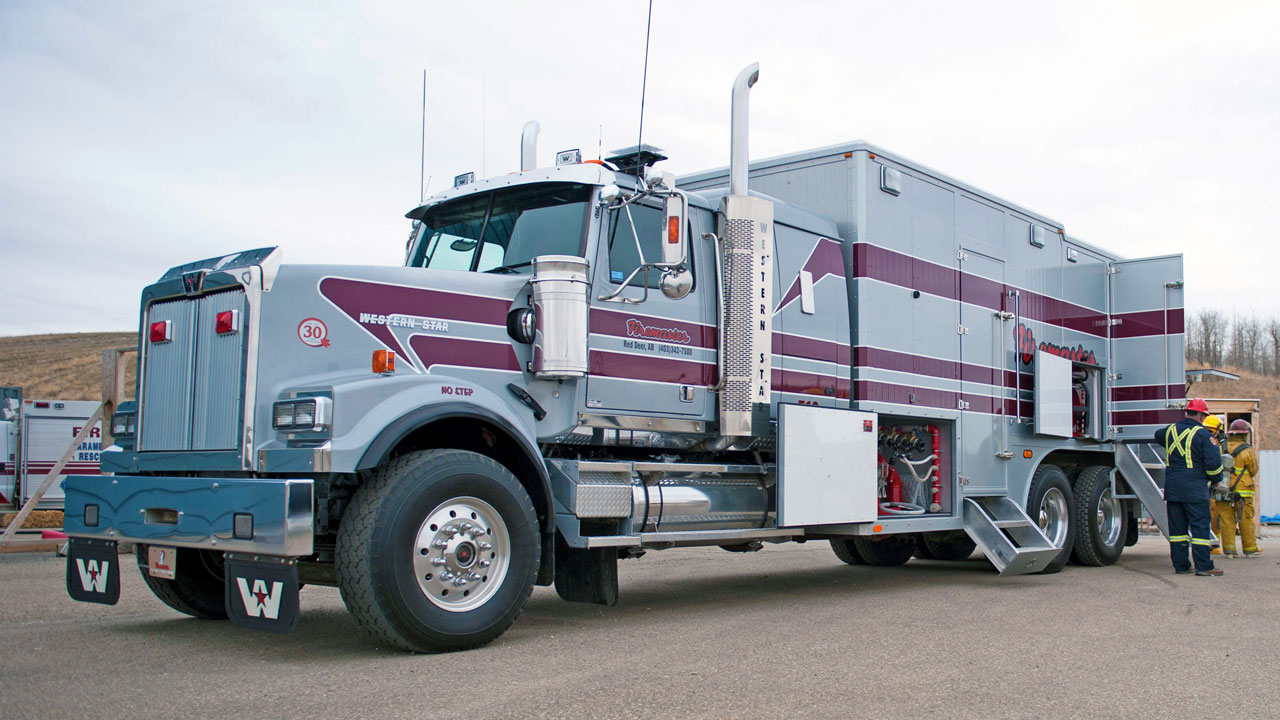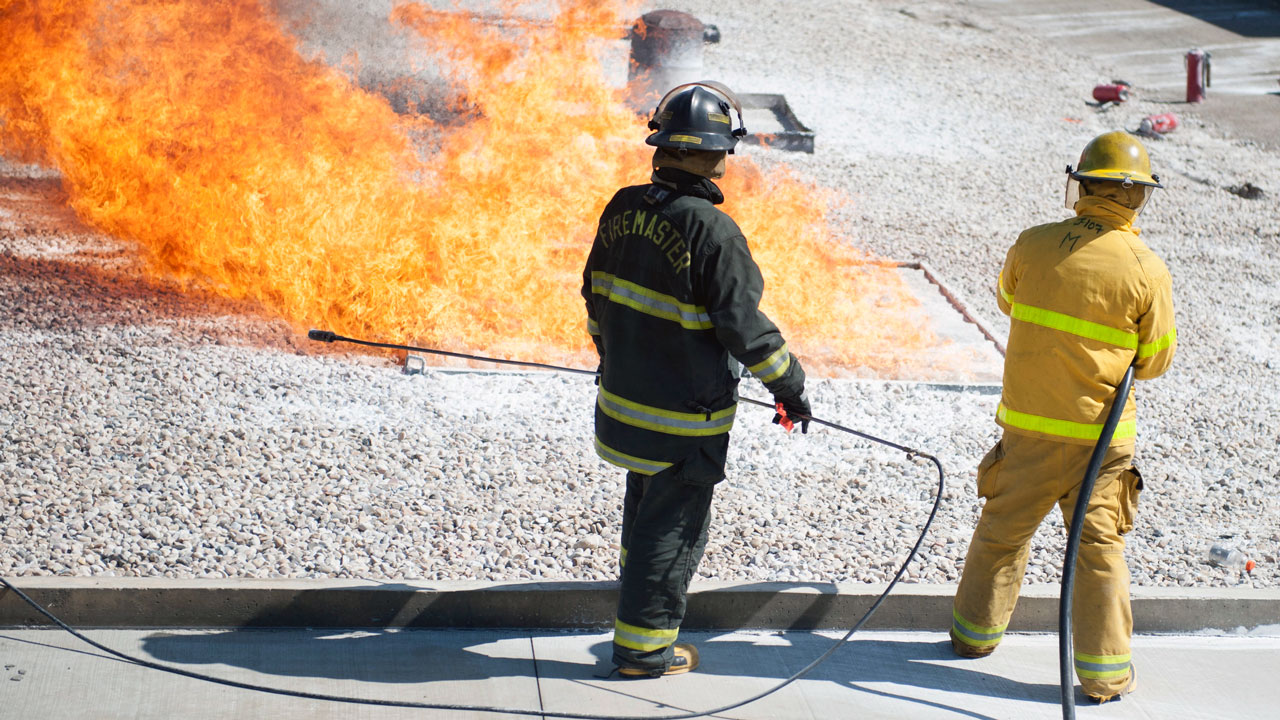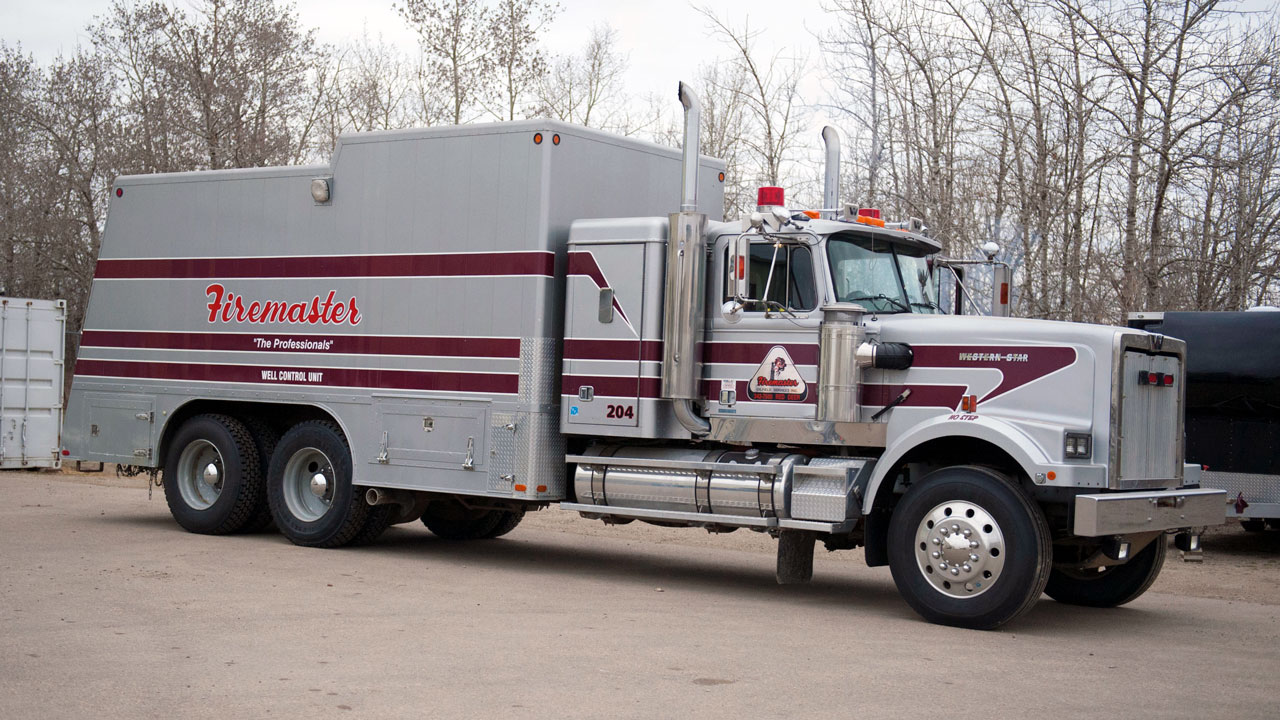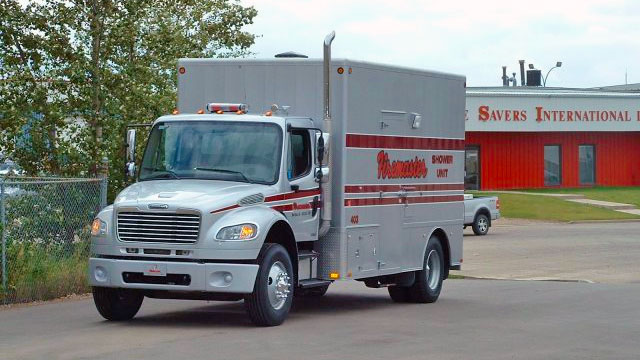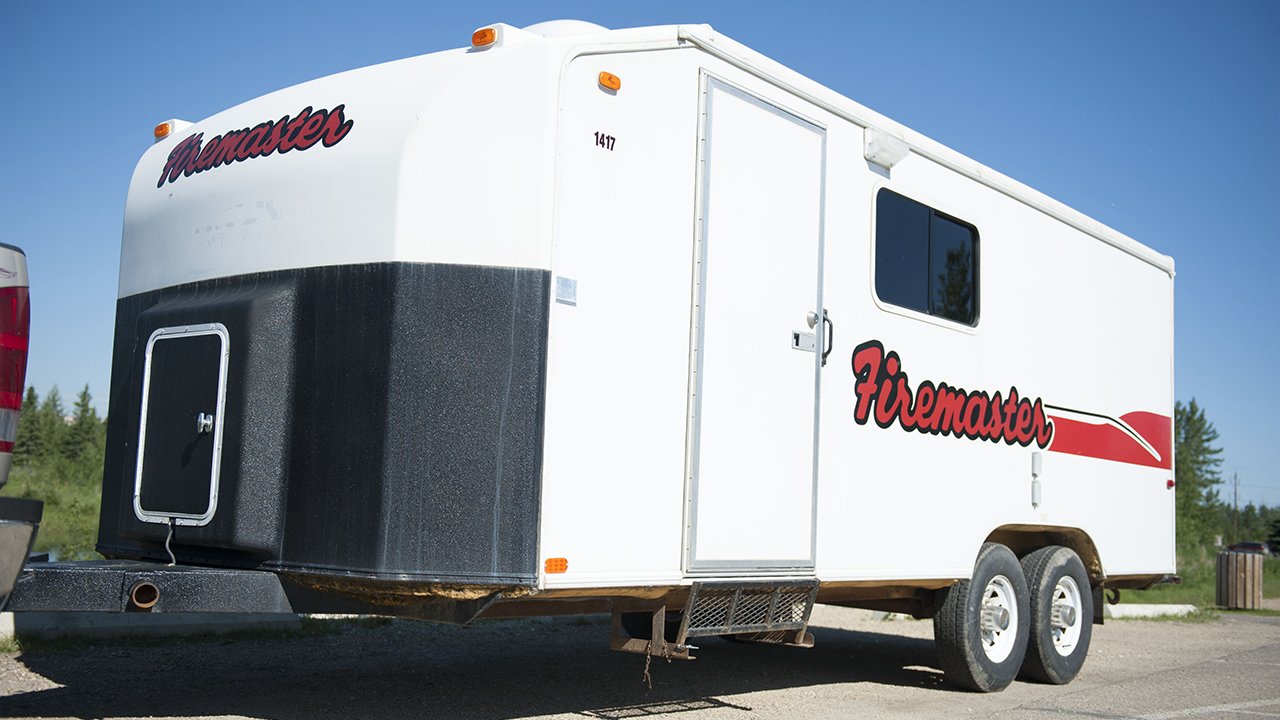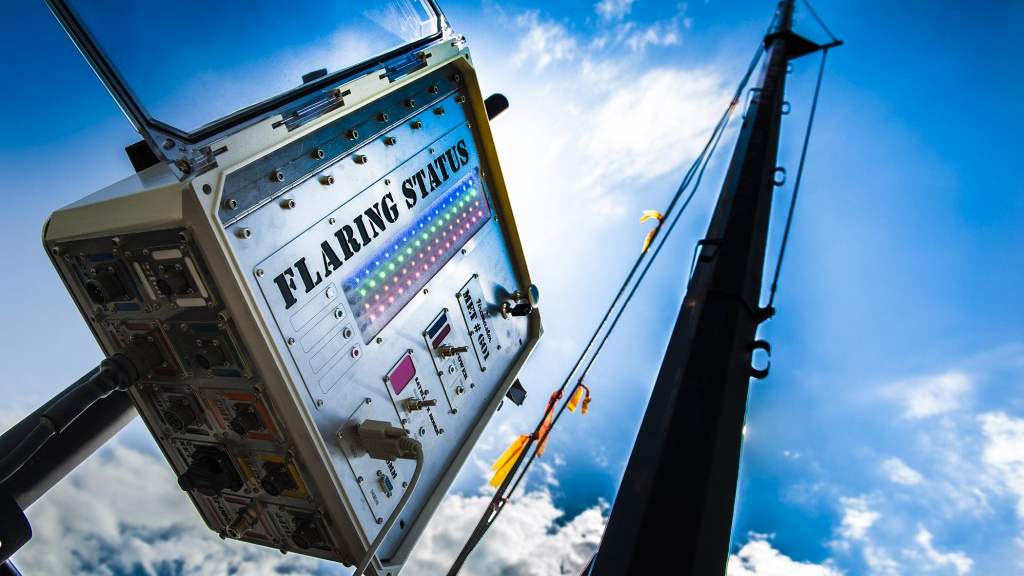24/7 Emergency Response
National Indigenous History Month

June is National Indigenous History Month and June 21st is nationally recognized as National Indigenous Peoples Day. A day to celebrate the cultures of the First Nations, Inuit, and Metis Indigenous peoples and their contributions to our society and culture in Canada.
Here is a small sample of just a few of the everyday items that were first invented by the Indigenous peoples of North America:
- Kayaks ~ The Inuit in the Arctic developed the concept of a small, narrow boat, with a sealed cockpit to protect the paddler from sinking in the event that the craft capsized. The classic vessels were fashioned entirely from natural materials, with wood or whalebone frames covered by stitched sealskin or other animal hides.
- Parkas ~ Originally made from caribou or seal, the parka was invented by the Caribou Inuit in the Canadian Arctic as a means of warmth and protection from wind and wetness while hunting and kayaking.
- Goggles ~ The Inuit invented snow goggles fashioned from wood, bone, antler or leather to protect their eyes from over-exposure to snow glare while they hunted.
- Pain Relievers ~ The active ingredient in pain relievers such as Aspirin was known to First Nations for centuries. It is found in species of the willow tree, including the pussy willow.
- Snowshoes ~ Many kinds of snowshoes were developed by First Nations, Metis, and Inuit; commonly made from spruce and rawhide thongs.
- Petroleum Jelly ~ First Nations used olefin hydrocarbons and methane to make petroleum jelly and used it to hydrate and protect animal and human skin.
- Toboggans ~ The Mi’kmaq people of eastern Canada invented the toboggan, first made of bark and animal skins. Many winter sports have grown out of this invention, including luge and bobsledding.

